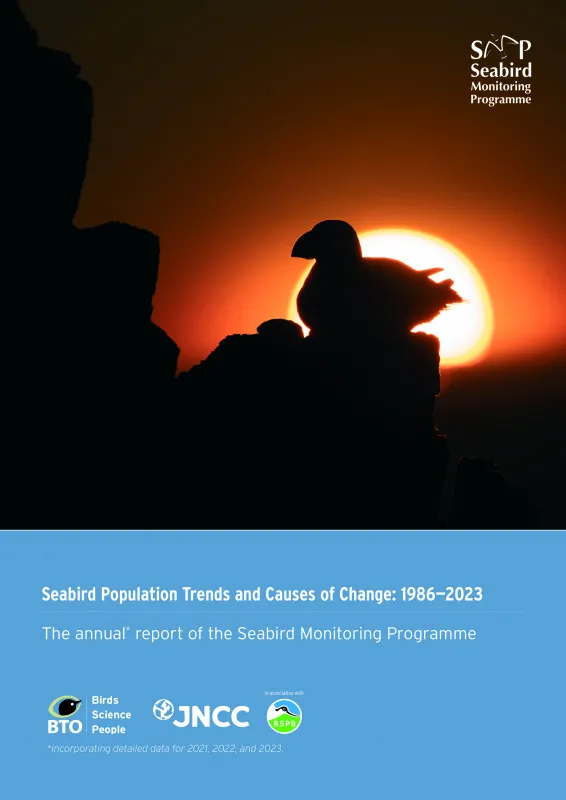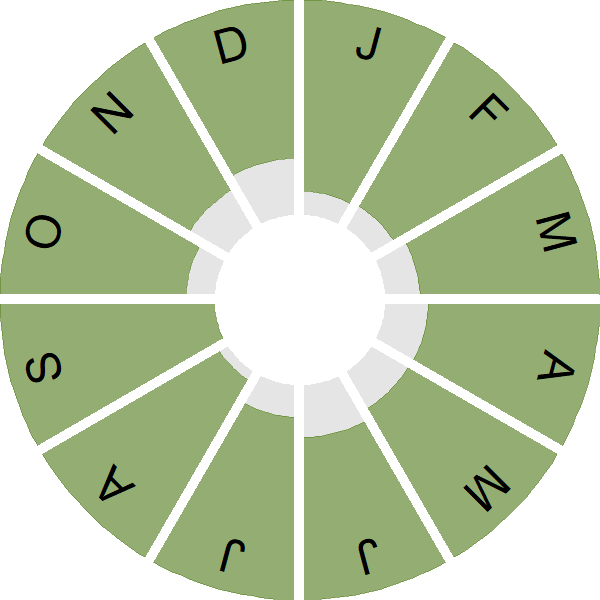Shag
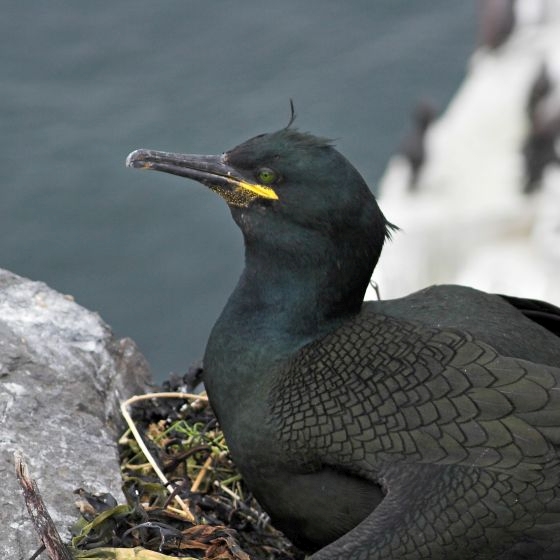
Introduction
The Shag is very much a coastal bird, breeding exclusively around our rocky shores during the summer months and not moving very far during the winter.
It's long thin bill, peaked forehead and small yellow gape set it apart from its close cousin the Cormorant. Shags can be seen in large feeding flocks, sometimes numbering in the hundreds, when birds at the back of the group will take off and fly to the front, the whole flock moving in this way as they catch the small fish that make up their diet.
Shags nest in loose colonies and there have been several studies of these – ringing data show that this is quite a long-lived species.

Key Stats
Identification
ID Videos
This section features BTO training videos headlining this species, or featuring it as a potential confusion species.
Cormorant and Shag
Songs and Calls
Call:
Status and Trends
Conservation Status
Population Change
The Shag is found almost exclusively in marine habitats where it is restricted to inshore waters. It is found around much of the coast of the UK where cliffs are available but is largely absent from south and east England where there is no suitable nesting habitat. Data from censuses indicate that numbers increased by around 21% between 1969–70 and 1985–88 but dropped by around 27% between 1985–88 and Seabird 2000 (1998–2002). Results from the more recent Seabird Count (2015–2021) are not yet available, but data from annual monitoring suggest that there has been a further decline since Seabird 2000 and hence the population is believed to be well below the level in 1969–70 (JNCC 2022).
Distribution
Shags are recorded around much of the coast of Britain & Ireland in winter, with the highest densities in northern and western Scotland and western Ireland. Breeding colonies are found on many northern and western coastlines with suitable cliffs.
Occupied 10-km squares in UK
or view it on Bird Atlas Mapstore.
or view it on Bird Atlas Mapstore.
European Distribution Map
Distribution Change
Marked population declines have not yet resulted in significant range loss: there has been only a 9% range contraction in Britain & Ireland since the 1968–72 Breeding Atlas.
Change in occupied 10-km squares in the UK
or view it on Bird Atlas Mapstore.
or view it on Bird Atlas Mapstore.
Seasonality
Shags are recorded throughout the year at suitable coastal locations.
Weekly pattern of occurrence
The graph shows when the species is present in the UK, with taller bars indicating a higher likelihood of encountering the species in appropriate regions and habitats.

Movement
Britain & Ireland movement
Foreign locations of birds ringed or recovered in Britain & Ireland
Dots show the foreign destinations of birds ringed in Britain & Ireland, and the origins of birds ringed overseas that were subsequently recaptured, resighted or found dead in Britain & Ireland. Dot colours indicate the time of year that the species was present at the location.
- Winter (Nov-Feb)
- Spring (Mar-Apr)
- Summer (May-Jul)
- Autumn (Aug-Oct)

European movements
EuroBirdPortal uses birdwatcher's records, such as those logged in BirdTrack to map the flows of birds as they arrive and depart Europe. See maps for this species here.
The Eurasian-African Migration Atlas shows movements of individual birds ringed or recovered in Europe. See maps for this species here.
Biology
Productivity and Nesting
Nesting timing
Egg measurements
Clutch Size
Survival and Longevity
Survival is shown as the proportion of birds surviving from one year to the next and is derived from bird ringing data. It can also be used to estimate how long birds typically live.
View number ringed each year in the Online Ringing Report.
lifespan
Survival of adults
Survival of juveniles
Biometrics
Wing length and body weights are from live birds (source).
Wing length
Body weight
Ring Size
Classification, names and codes
Classification and Codes
- Order: Suliformes
- Family: Phalacrocoracidae
- Scientific name: Gulosus aristotelis
- Authority: Linnaeus, 1761
- BTO 2-letter code: SA
- BTO 5-letter code: SHAG.
- Euring code number: 800
Alternate species names
- Catalan: corb marí emplomallat
- Czech: kormorán chocholatý
- Danish: Topskarv
- Dutch: Kuifaalscholver
- Estonian: karikormoran e. karikarbas
- Finnish: karimetso
- French: Cormoran huppé
- Gaelic: Sgarbh-an-sgumain
- German: Krähenscharbe
- Hungarian: üstökös kárókatona
- Icelandic: Toppskarfur
- Irish: Seaga
- Italian: Marangone dal ciuffo
- Latvian: cekulainais udenis
- Lithuanian: kuoduotasis kormoranas
- Norwegian: Toppskarv
- Polish: kormoran czubaty
- Portuguese: galheta
- Slovak: kormorán chochlatý
- Slovenian: vranjek
- Spanish: Cormorán moñudo
- Swedish: toppskarv
- Welsh: Mulfran Werdd
- English folkname(s): Green Cormorant
Research
Causes of Change and Solutions
Causes of change
The increase in the reported population between 1969–70 and 1985–88 may partly reflect better coverage of colonies which are difficult to access, but increased legal protection and reduced persecution may also have contributed (JNCC 2022). The annual monitoring data indicate that mass mortality during prolonged periods of severe weather in some winters strongly affects breeding abundance (Harris & Wanless 1996), and increased frequency of such events due to climate change may potentially be driving population declines. Analysis of year-round diet between 1985 and 2014 suggests that reductions in sandeel abundance have also resulted in diet changes throughout the year and hence changes in sandeel abundance (and abundance of other prey species) could potentially also have an impact on the population through survival (Howells et al. 2018).
Publications (3)
The status of the UK’s breeding seabirds
Author: Stanbury, A.J., Burns, F., Aebischer, N.J., Baker, H., Balmer, D., Brown, A.F., Dunn, T., Lindley, P., Murphy, M., Noble, D.G., Owens, R. & Quinn, L.
Published: 2024
Five seabird species are added to the Birds of Conservation Concern Red List in this addendum to the 2021 update, bringing the total number of Red-listed seabird species to 10, up from six since seabirds were last assessed. The Amber List of seabirds moves from 19 to 14 species, and the Green List increases from one to two species.
29.09.24
Papers
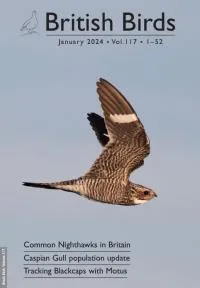
Current understanding of how climate change affects seabirds varies between regions and species in the North-East Atlantic
Author: Johnston, D.T., Humphreys, E.M., Davies, J.G., Evans, T., Howells, R.J. & Pearce-Higgins, J.W.
Published: 2025
BTO-led research identifies key gaps in our knowledge and understanding of how climate change is affecting seabirds.
27.02.25
Papers
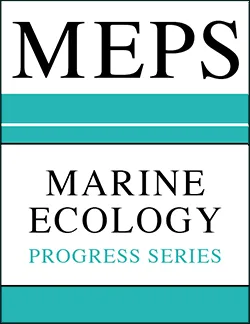
Seabird Population Trends and Causes of Change: 1986–2023
Author: Harris, S.J., Baker, H., Balmer, D.E., Bolton, M., Burton, N.H.K., Caulfield, E., Clarke, J.A.E., Dunn, T.E., Evans, T.J., Hereward, H.R.F., Humphreys, E.M., Money, S. and O’Hanlon, N.J.
Published: 2024
This report presents the latest seabird population trends in breeding abundance and productivity using data from the Seabird Monitoring Programme (SMP).The report documents changes in the abundance and productivity of breeding seabird species in Britain and Ireland from 1986 to 2023, and provides a detailed account of the 2021, 2022 and 2023 breeding seasons.This report includes both inland and coastal populations and trends from the Channel Islands, England, Isle of Man, Northern Ireland, Scotland, Wales and the Republic of Ireland, which are presented where sufficient data are available. The results from this report are used more broadly to assess the health of the wider environment, to inform policy and for conservation action.
21.11.24
Reports Research reports
